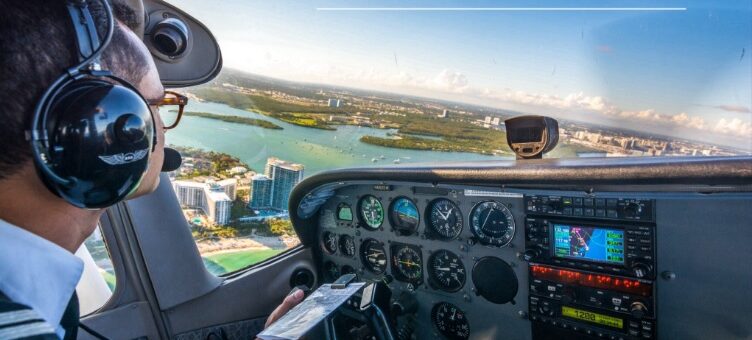
GA Safety Highlighted at Fall Events
The Citation Jet Pilots (CJP) Owners Pilot Association convention, NBAA’s Single-Pilot Safety Standdown, and FAA events, including a two-part virtual Surface Safety Symposium, put general and business aviation safety in focus this fall.
The CJP convention, held in late October, focused on the advantages of implementing a flight operational quality assurance (FOQA) program with real-world case studies of how FOQA data resulted in changes to standard operating procedures and mitigated risk. FOQA essentially records and analyzes flight data to provide insight into the operations environment. The data can be used to identify issues such as unstabilized approaches, thus allowing an organization to mitigate risks through training and revisiting SOPs.
FOQA has traditionally been considered a program for big organizations or those with significant resources. CJP has developed its own FOQA program with L3Harris and CloudAhoy, referred to as pilot-focused FOQA or P-FOQA. P-FOQA is currently in testing by flight schools, charter operators, and others but could be available to the GA market soon – and with a reasonable price tag – potentially around $2,000 per year.
NBAA’s Single-Pilot Safety Standdown was also held in October. The Standdown highlighted the building blocks necessary to avoid an excursion, including tips for achieving a stabilized approach and knowing when to go around. While pilots are trained in the decision-making required to initiate a go-around, a Flight Safety Foundation study found go-around compliance from an unstable approach is only about 3% – in other words, knowing to go around is one thing; actually, going around is another.
NBAA Board Member and CJP Safety Committee Chairman Charlie Precourt emphasized the need for a “no kidding” limit, which pilots should determine before a flight as the absolute decision time for an attempted landing or a go-around.
Finally, the FAA held a virtual Surface Safety Symposium with a November agenda dedicated to general aviation safety issues. Panelists discussed wrong surface operations, non-towered operations, and safety in the flight training environment.
The FAA says wrong surface operations are a continuing challenge at many airports, often involving general aviation pilots. Parallel runways with staggered thresholds present a particular risk of landing on the wrong surface.
Jamal Wilson, with the FAA Surveillance Services Directorate and moderator of the event, said the event’s goal is to ensure all pilots feel prepared to handle surface safety, especially if they’ve been out of the cockpit for a while.
Safety data shows an increase in wrong surface operations over the past ten years.
“At the end of the day, the most important thing is coming home, and the best way to do that is to fly safe,” said FAA acting administrator Billy Nolen.
For short videos of actual runway approach and airport taxiway footage captured with aircraft-mounted cameras, combined with diagrams and visual graphics to clearly identify hot spots and other safety-sensitive items, visit the FAA’s From the Flight Deck.